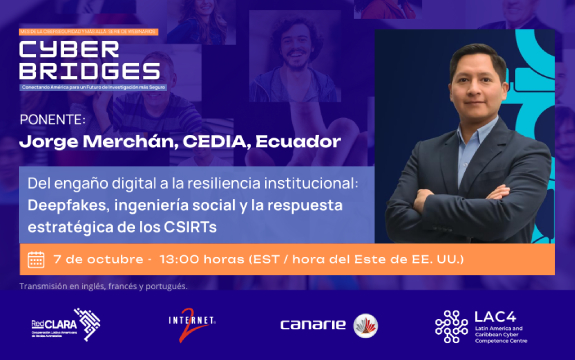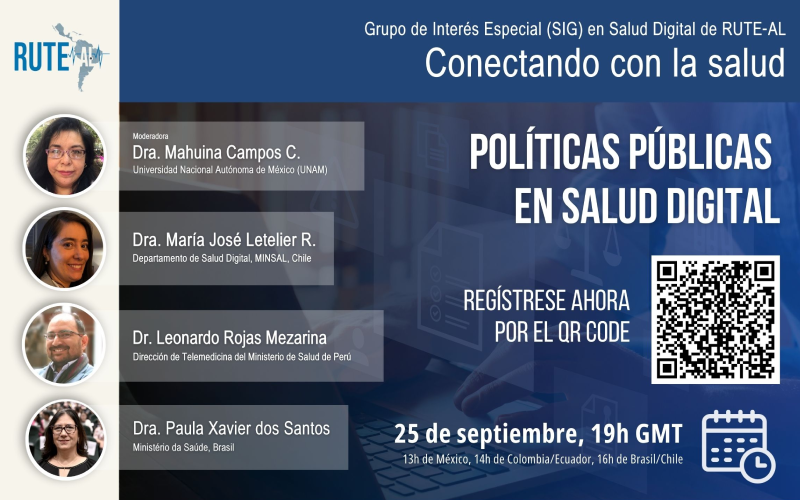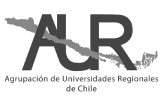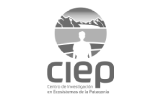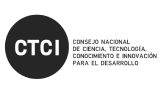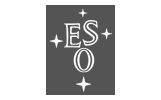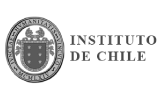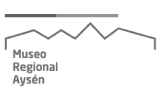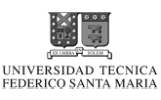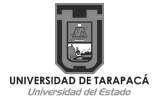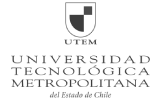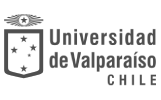
Pioneers invite commercial sector and others to advance global networks.
Six of the world’s leading research and education networks today announced their intent to build the world’s first 100 gigabits-per-second (Gbps) intercontinental transmission links for research and education.
Leaders from Internet2 (USA), NORDUnet (Nordic countries), ESnet (U.S. Department of Energy), SURFnet (Netherlands), CANARIE (Canada), and GÉANT (Europe) made the announcement at the 2013 Internet2 Annual Meeting before 800 technology, education and research leaders.
These pioneers will create a public-private partnership with the commercial sector, such as equipment vendors and carriers active in the North Atlantic, to advance global networks for research and education.
National research and education networks (NRENs) and their constituencies from around the world are invited to participate in the project, titled the “Advanced North Atlantic 100G Pilot” or ANA-100G. The goal is to stimulate the market for 100 Gbps intercontinental networking and advancing global networks and applications to benefit research and education.
BACKGROUND
In the past year, many NRENs around the world have upgraded to 100 Gbps transmission speeds. But until now, intercontinental network links have not followed suit. ANA-100G will accelerate discovery in data-intensive science disciplines such as high-energy physics, radio astronomy and genomics, as well as spur development of revolutionary new networking applications and architectures.
Today’s announcement comes more than 10 years after the world’s advanced research and education networks upgraded to 10G technology. In September 2002, the world’s first 10 Gbps link between New York City and Amsterdam was put into production for the iGrid2002 Conference held in Amsterdam.
The six leaders will test the new transmission links, applications, resources, monitoring techniques and advanced technologies such as software-defined networking, between as many as four open exchange points, including MAN LAN in New York City and NetherLight in Amsterdam. These efforts will help determine the operational requirements needed to effectively run 100 Gbps wavelengths between North America and Europe.
Para más información, haga click aquí.




